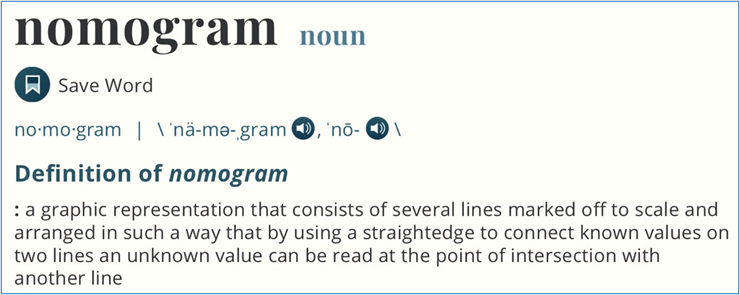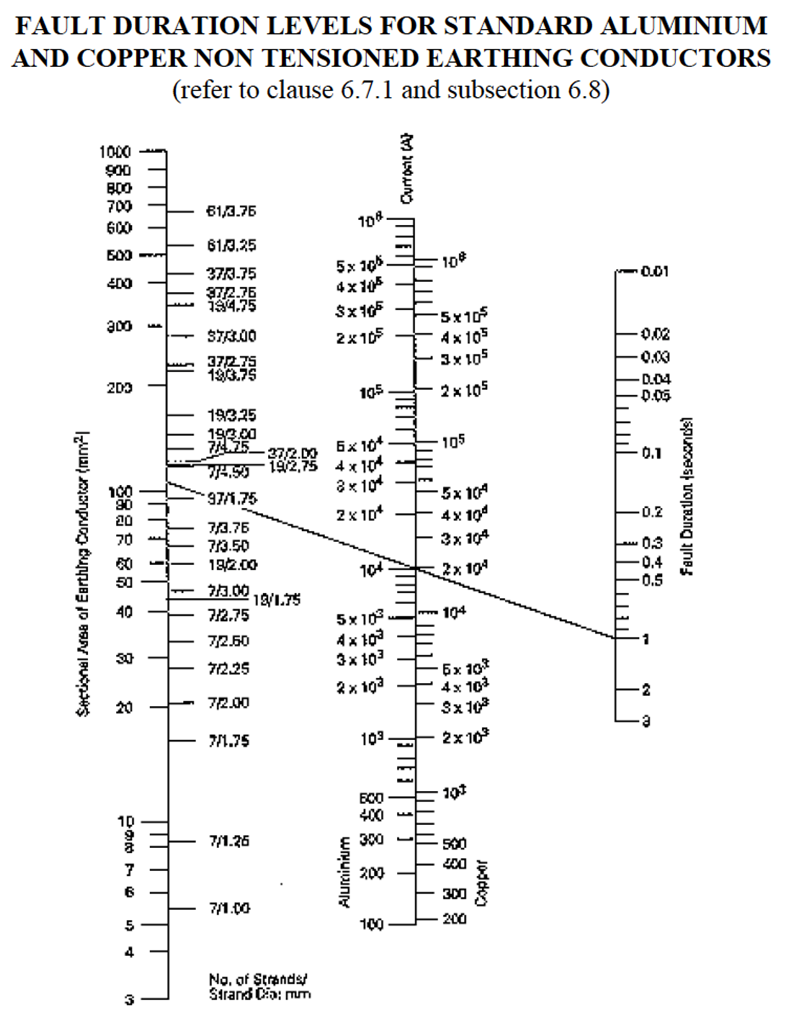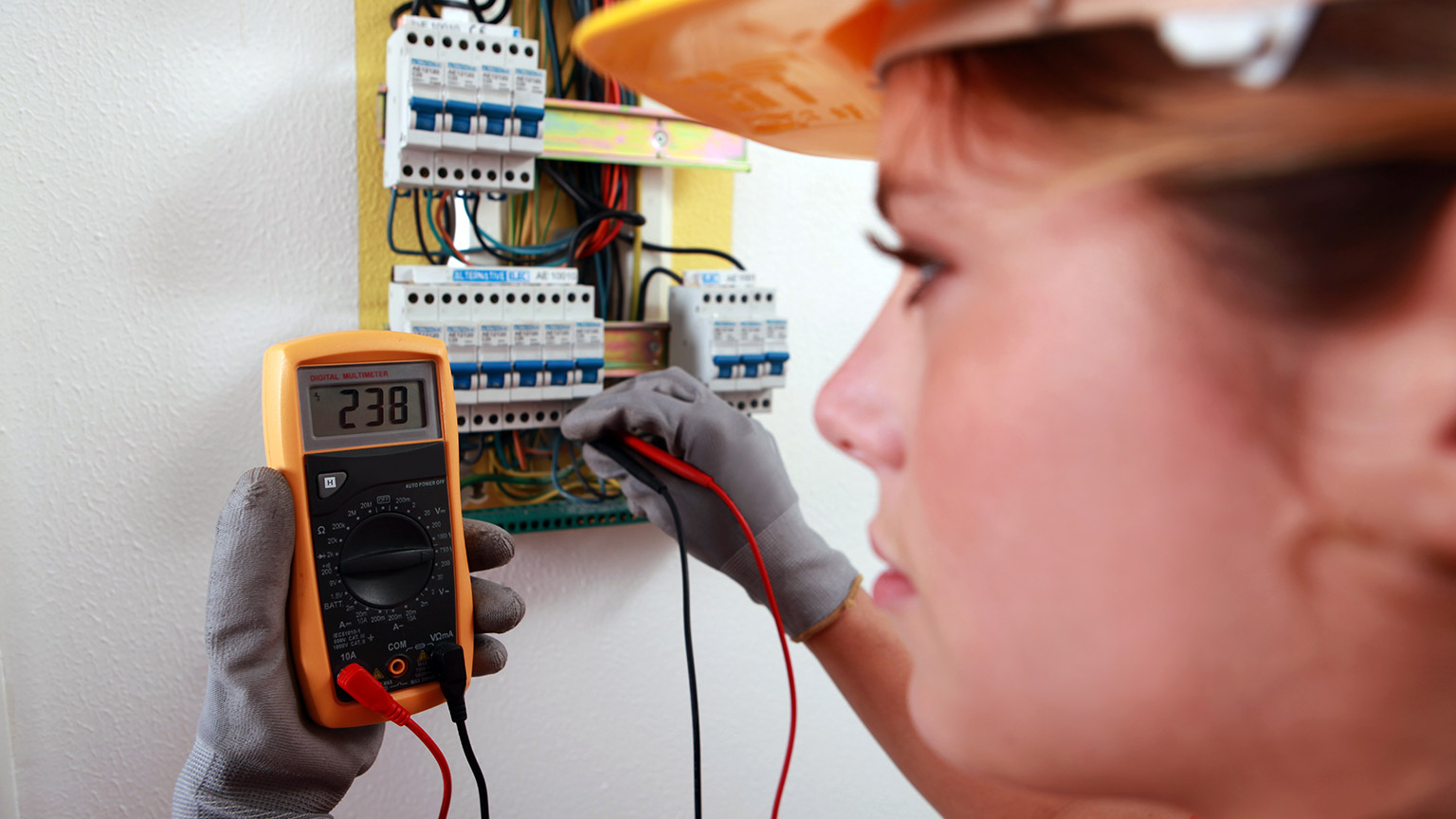The following activities are drawn from all topics in this module. In order for you to gain the most value from your qualification and to prepare you for your assessment and the industry, make sure you complete all of the SDL activities below.
Reading scales
During Course 1 you will be using meters to measure current, voltage and resistance. It is important you can accurately read scales since not all equipment is digital. To determine the value of each little mark between numbered values in a scale reading, find the difference between successively numbered values then divide by the number of spaces.
Example:
| Difference between 20 and 30 is 30 - 20 = 10 Number of spaces between 20 and 30 is 10 ∴ each interval = 10 ÷ 10 = 1 |
|
| Difference between 5 and 6 is 6 - 5 = 1 Number of spaces between 5 and 6 is 10 ∴ each interval = 1 ÷ 10 = 0.1 |
|
| Difference between 100 and 200 is 200 - 100 = 100 Number of spaces between 100 and 200 is 5 ∴ each interval = 100 ÷ 5 = 20 |
Download the M1D4 Worksheet to your device and complete the activities
Nomograms
Sections 6.7.1 and 6.8 of the ECP35 refer to a Nomogram for calculating minimum conductor size. The Merriam-Webster dictionary defines a nomogram as:

6.7 EARTHING CONNECTIONS 6.7.1 EARTHING CONDUCTORS USED FOR MAKING CONNECTIONS OF FITTINGS TO EARTH SHALL HAVE A CAPACITY NOT LESS THAN THE SIZE CALCULATED ON THE NOMOGRAM IN FIGURE 4, PAGE 19 OF THIS CODE. THE CLEARANCE TIMES SPECIFIED IN THE NOMOGRAM RELATE TO THE PROTECTION ASSOCIATED WITH THE PORTION OF HIGH VOLTAGE LINE AND THE DISTRIBUTION CENTRE FUSES.
6.8 LOW VOLTAGE EARTHING CONDUCTORS ASSOCIATED WITH LV SYSTEM CONDUCTORS USED TO CONNECT THE NEUTRAL TERMINAL OR BAR OF A LV SYSTEM TO THE EARTH BAR, OR THE NEUTRAL CONDUCTOR OF AN OUTGOING OVERHEAD LINE, SHALL NOT BE SMALLER THAN THAT CALCULATED IN THE NOMOGRAM OF FIGURE 4, PAGE 19 OF THIS CODE BASED ON THE EXPECTED FAULT CURRENT AND DURATION.
The nomogram contains lots of numeracy to get your head around - before you even begin using it for its intended purpose. All those things you thought you’d never use when you were in school!
Let’s begin by looking at each of the three parallel lines:
Line 1 – The LHS (left hand side) scale is sectional area of earthing conductor (measured in mm2). The RHS (right hand side) scale on this line is the number of strands / strand diameter (measured in mm).
Line 2 (central line) – This scale measures current (in amps). The LHS values refer to aluminium and the RHS values are for copper. Some of the larger numbers are expressed in standard form.
Line 3 – The RHS scale reads fault duration, measured in seconds.

Metric Conversions
With the introduction of measurements, it might be useful to revise some metric conversions!
This video shows how to convert metric units including examples.
Alternatively, you might find this diagram useful for some of the conversions you will be meeting.
Use the diagram to help you make the following conversions.
Decimals
Check your competency with decimals by ranking the sets of wire diameters from largest to smallest:
Nomograms
Sections 6.7.1 and 6.8 of the ECP35 refer to a Nomogram for calculating minimum conductor size. The Merriam-Webster dictionary defines a nomogram as:

6.7 EARTHING CONNECTIONS 6.7.1 EARTHING CONDUCTORS USED FOR MAKING CONNECTIONS OF FITTINGS TO EARTH SHALL HAVE A CAPACITY NOT LESS THAN THE SIZE CALCULATED ON THE NOMOGRAM IN FIGURE 4, PAGE 19 OF THIS CODE. THE CLEARANCE TIMES SPECIFIED IN THE NOMOGRAM RELATE TO THE PROTECTION ASSOCIATED WITH THE PORTION OF HIGH VOLTAGE LINE AND THE DISTRIBUTION CENTRE FUSES.
6.8 LOW VOLTAGE EARTHING CONDUCTORS ASSOCIATED WITH LV SYSTEM CONDUCTORS USED TO CONNECT THE NEUTRAL TERMINAL OR BAR OF A LV SYSTEM TO THE EARTH BAR, OR THE NEUTRAL CONDUCTOR OF AN OUTGOING OVERHEAD LINE, SHALL NOT BE SMALLER THAN THAT CALCULATED IN THE NOMOGRAM OF FIGURE 4, PAGE 19 OF THIS CODE BASED ON THE EXPECTED FAULT CURRENT AND DURATION.
The nomogram contains lots of numeracy to get your head around - before you even begin using it for its intended purpose. All those things you thought you’d never use when you were in school!
Let’s begin by looking at each of the three parallel lines:
Line 1 – The LHS (left hand side) scale is sectional area of earthing conductor (measured in mm2). The RHS (right hand side) scale on this line is the number of strands / strand diameter (measured in mm).
Line 2 (central line) – This scale measures current (in amps). The LHS values refer to aluminium and the RHS values are for copper. Some of the larger numbers are expressed in standard form.
Line 3 – The RHS scale reads fault duration, measured in seconds.

Standard Form
Sometimes we must work with very large or very small numbers e.g., the speed of light is 300,000,000 m/s. The mass of a dust particle is 0.000 000 000 753 kg. Scientists have developed a method to express very large numbers. This method is called Scientific Notation or Standard Form and is based on powers of 10.
Watch this video if you are a bit rusty on standard form. The first demonstrates how to convert a number into standard form and the second shows how to convert standard form back to ordinary decimal numbers.
Activity
Test yourself! On a piece of paper, write down the answers to the following sets of questions. When you are happy with your answers, look them up online.
Set A - Write the number(s) from questions 1-5 below in standard form.
- There are 97,000 km in blood vessels in the human body.
- The human eye blinks an average of 4,200,000 times a year.
- A computer processes a certain command in 15 nanoseconds. In decimal form, this number is 0.000 000 015 ns.
- The cosmos contains approximately 50,000,000,000 galaxies.
- The mass of the sun is roughly 989,000,000,000,000,000,000,000,000 T.
Set B - Write the number(s) given in scientific notation in questions 1-5 below in ordinary decimal form.
- The age of earth is approximately 4.5 x 109 years.
- The weight of one grain of salt is approximately 5.85 x 10-5 g.
- A human body contains approximately 2.6 x 1013 blood cells.
- A major NZ company made $1.43 x 108 profit in the year 2021.
- In the year 2021, British Petroleum posted profits of 16.4 billion (US) dollars. Write this profit in standard form.
Circle Radius, Diameter and Area
Refresh your knowledge about circles by watching these videos:
Math Antics - Circles, Circumference and Area
Circles
You will also find some useful revision questions here along with answers.
Cross-sectional Area
Electrical wire is usually round in cross-section and comes in two basic varieties: solid and stranded. Solid copper wire is a single strand of copper the whole length of the wire. Stranded wire is composed of smaller strands of solid copper wire twisted together to form a single larger conductor.
The benefit of stranded wire is its mechanical flexibility, being able to withstand repeated bending and twisting much better than solid copper (which tends to fatigue and break after time).
Wire size can be measured in several ways however it is the cross-sectional area that matters most regarding the flow of electrons. The nomogram details sectional area as well as number of strands and strand diameter.
Using the Nomogram
Look at the example in ECP35:
- What is the minimum standard size copper conductor required for a calculated fault current of 20,000 amperes and a fault clearing time of 1 second?
Calculation:
Draw a straight line through 1 second on RH scale and 2 x 104 (20,000) on right side of the centre scale (right side since it is copper and not aluminium).
Extend the straight line to cut the scale on the left. The nearest conductor size above the point of intersection is 7/4.50 i.e., 7 strands/4.5mm per strand.
Activity
Download this worksheet and fill in the gaps on the table by reading the correct figures from the nomogram. Ask your tutor to check your answers when you are next on campus.
As you work through this qualification you will come across a lot of new words. Electricity has its own language! Now is the time to set up a glossary for Module 1. Download the glossary worksheet HERE. Write the meaning of each term as you come across it in your own words. You will be able to type directly into it once you save it to your device. You could also look up how to say the word – most online dictionaries will demonstrate this.
UP Education:
© UP Education Online Pty Ltd [year of course creation]
Except as permitted by the copyright law applicable to you, you may not reproduce or communicate any of the content on this website, including files downloadable from this website, without the permission of the copyright owner.
Copyright Agency License:
WARNING
This material has been reproduced and communicated to you by or on behalf of UP Education in accordance with section 113P of the Copyright Act 1968 (the Act).
The material in this communication may be subject to copyright under the Act. Any further reproduction or communication of this material by you may be the subject of copyright protection under the Act.
Do not remove this notice.
H5P Licence
Activity software obtained under the MIT License
Copyright (c) 2016 Joubel AS
Permission is hereby granted, free of charge, to any person obtaining a copy of this software and associated documentation files (the "Software"), to deal in the Software without restriction, including without limitation the rights to use, copy, modify, merge, publish, distribute, sublicense, and/or sell copies of the Software, and to permit persons to whom the Software is furnished to do so, subject to the following conditions:
The above copyright notice and this permission notice shall be included in all copies or substantial portions of the Software.
THE SOFTWARE IS PROVIDED "AS IS", WITHOUT WARRANTY OF ANY KIND, EXPRESS OR IMPLIED, INCLUDING BUT NOT LIMITED TO THE WARRANTIES OF MERCHANTABILITY, FITNESS FOR A PARTICULAR PURPOSE AND NONINFRINGEMENT. IN NO EVENT SHALL THE AUTHORS OR COPYRIGHT HOLDERS BE LIABLE FOR ANY CLAIM, DAMAGES OR OTHER LIABILITY, WHETHER IN AN ACTION OF CONTRACT, TORT OR OTHERWISE, ARISING FROM, OUT OF OR IN CONNECTION WITH THE SOFTWARE OR THE USE OR OTHER DEALINGS IN THE SOFTWARE.
